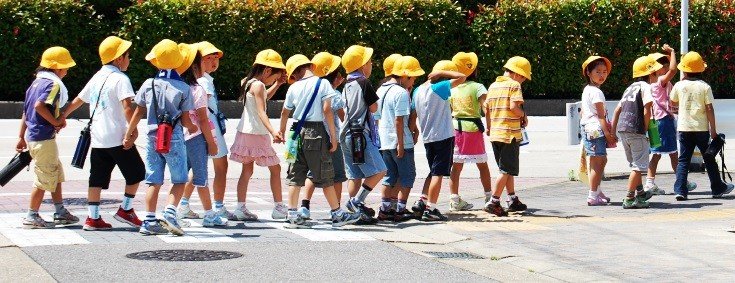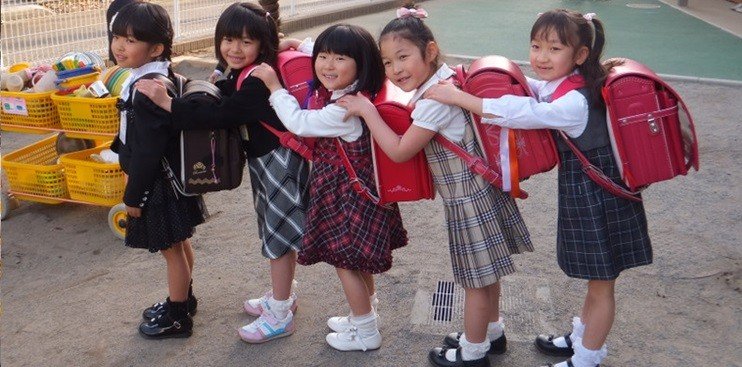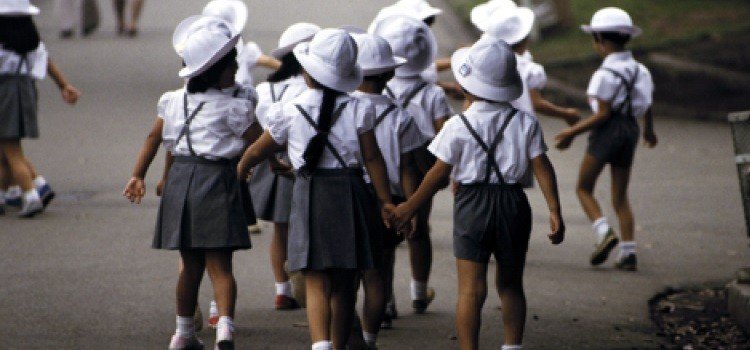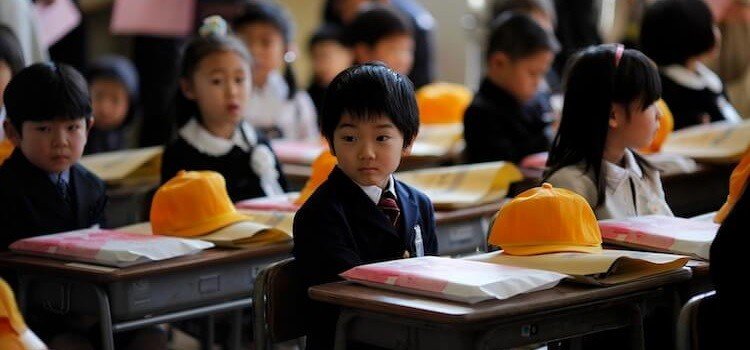Japan is often cited as one of the safest countries in the world, with very low rates of crimes such as homicides, thefts, and rapes. This highly trustworthy social environment contributes to a unique practice: children as young as 6 go to and from school alone. This tradition is made possible by the combination of a culture of responsibility, safety, and deeply rooted community values.
Although the country is not free of problems, confidence in education and social structures makes this practice widely accepted. But why do the Japanese encourage this independence from an early age? And what are the impacts of this on children and society? Let's explore these questions.

Table of Content
Why do Japanese children go to school alone?
In addition to the safety that Japan offers, there is an important cultural reason behind this practice: preparing children to be independent from an early age. Japanese education values autonomy and personal responsibility as tools to shape resilient and collaborative citizens.
The role of parents and the community
Japanese parents prepare their children to face everyday challenges. From a young age, they are taught to follow traffic rules, to handle unforeseen events, and to ask for help from strangers, trusting in the sense of community that characterizes Japanese society.
In addition, the children are not completely alone. They walk in small groups of up to eight peers, which helps ensure greater safety and promotes collaboration among them. In busier areas, volunteer adults assist at intersections, helping the children cross the streets safely.

Practical education in school
This independence is also reinforced within the school. Students learn not only traditional subjects but also practical skills, such as cooking, sewing, and performing household tasks. They are also responsible for the cleaning of the school, dividing tasks such as sweeping classrooms, cleaning bathrooms, and taking care of gardens and small animal nurseries. This system reinforces a sense of responsibility and respect for the collective space.

Benefits for society and for the country
The impacts of this practice go far beyond the development of children. Child independence in Japan brings tangible benefits to society as a whole.
Reduction of traffic and improvement in urban mobility
While in many countries parents take their children to school by car, causing congestion during peak hours, in Japan, children's walking helps relieve traffic. This is especially relevant in densely populated cities like Tokyo, where urban infrastructure already faces challenges related to vehicle flow.
Moreover, many children use public transportation to get to school, which ensures a constant flow of users to the subway and bus system. This frequent use helps to fund ongoing improvements in public transportation, benefiting the entire population.
Personal development of children
From an early age, children learn to navigate the streets, to respect traffic signs, and to handle unpredictable situations. This experience not only makes them more confident but also contributes to shaping resilient adults who are aware of their responsibilities toward society.
The practice also strengthens the sense of community, as both children and adults play important roles in ensuring collective safety and well-being.

The risks involved
Despite the benefits, it is important to recognize that this practice is not without risks. Although rare, some dangers may arise:
- Stalkers: People who stalk children or other individuals, known as "stalkers," pose a potential risk. Such cases are rare in Japan, but they concern parents and authorities.
- Lolicon and child exploitation: Japanese culture is facing debates about the normalization of certain behaviors in anime and manga that may have negative implications. Although this is not directly related to the practice of walking alone, it is a concern for parents and educators.
- Accidents and disorientation: Children can get lost or have minor accidents along the way. Fortunately, the sense of community in Japan ensures that any nearby adult is willing to help.
Even with these challenges, the social structure, the trust among citizens, and a solid education ensure that the practice remains a striking feature of Japanese culture.
